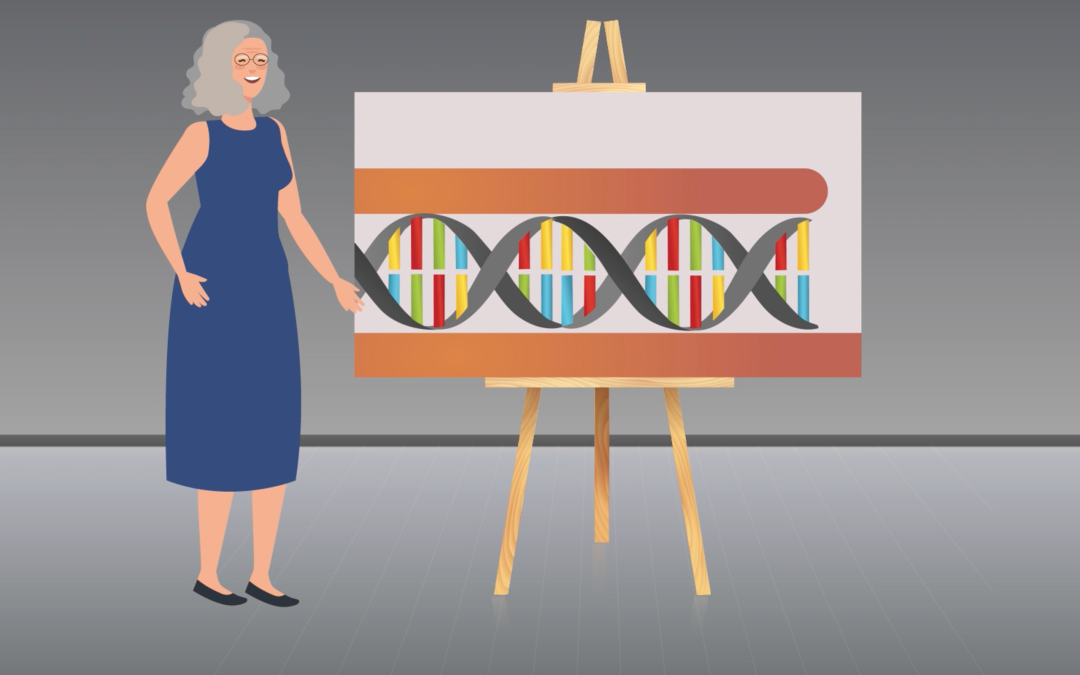
by admin | Aug 2, 2022 | biology animated, physical sciences animated, research animated
Before the first living organisms were brought into being, molecules were already moving and changing. Many energy sources, including light and heat from the sun, were available to provide the energy needed to drive chemical reactions. Mechanical energy, which describes the energy of motion, was also readily available before life’s emergence. Dr Helen Greenwood Hansma from the University of California in Santa Barbara explores how mechanical energy could have driven the processes that gave rise to early life.
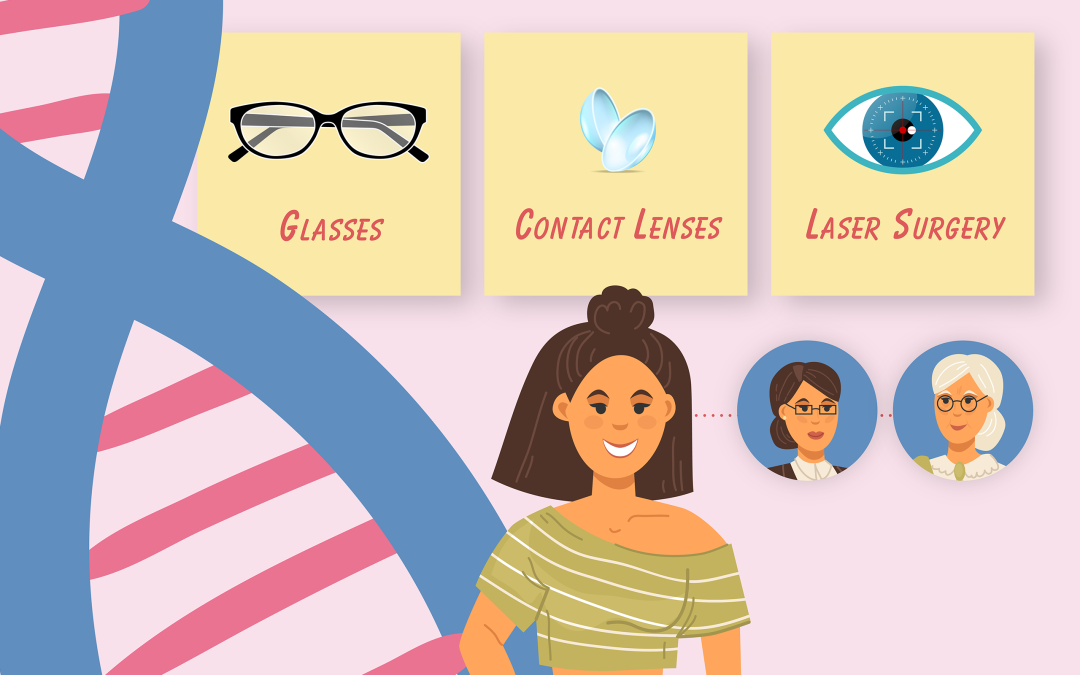
by admin | Jul 25, 2022 | health and medicine animated, research animated
Myopia – better known as short-sightedness – is a global health problem in which the eye grows too long, meaning it cannot produce clear images of objects in the distance. The common form of myopia is readily treated through the wearing of glasses, contact lenses or conducting laser surgery. It is also polygenic, meaning that many genes are likely to be involved in its inheritance through generations.
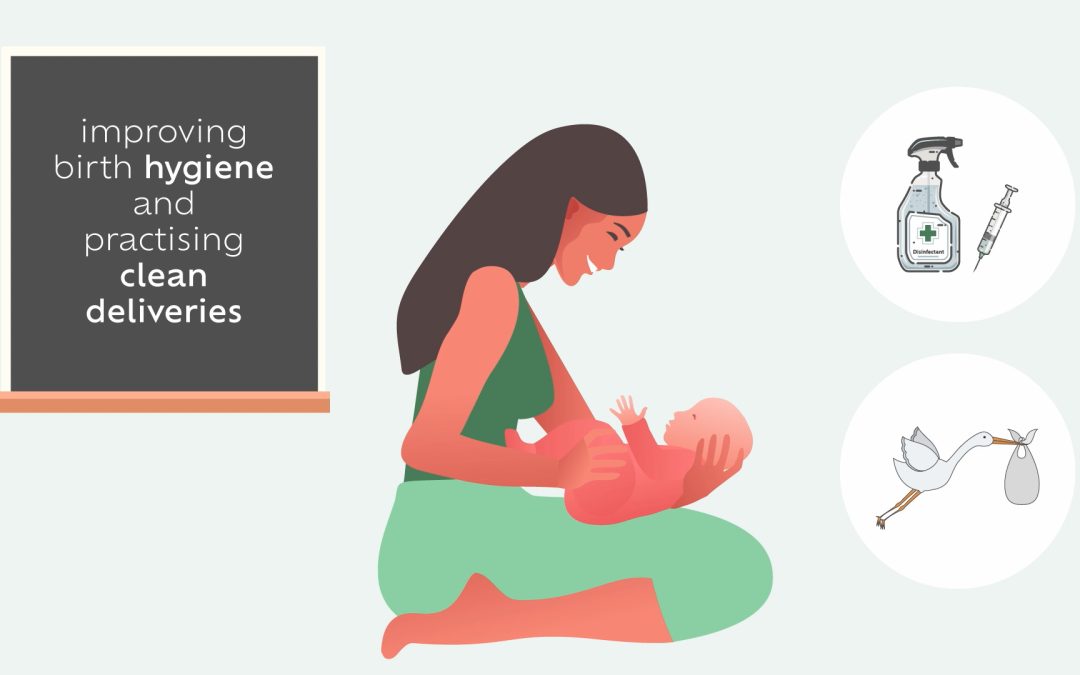
by admin | Jul 21, 2022 | health and medicine animated, research animated
Tetanus is a serious, potentially fatal disease of the nervous system caused by Clostridium tetani bacteria entering the body. It is characterised by severe stiffness, muscle spasms and breathing difficulties. In some developing countries, tetanus unfortunately still occurs and presents a significant healthcare challenge, particularly in relation to maternal and neonatal (newborn) deaths.
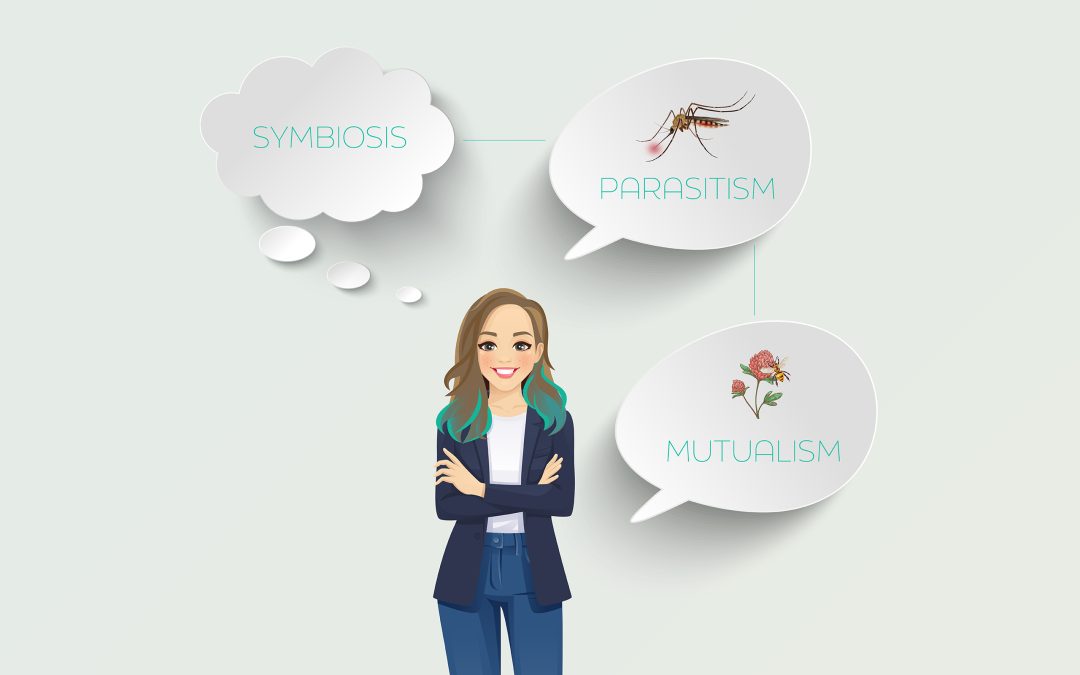
by admin | Jul 19, 2022 | biology, biology animated, research animated
Many scientific concepts are applicable to multiple disciplines and across spatial scales, from the microscopic to the global. As such, scientists from different disciplines must communicate effectively – through a shared scientific language – for effective collaboration and scientific advancement. With this aim, Dr Laura Tipton of Chaminade University and her colleagues from the University of Hawai’i investigate the history of ecological terminology, in order to work towards building a common lexicon that bridges ecology and microbiome science.

by admin | Jun 27, 2022 | health and medicine animated, research animated
Chemical intolerance is on the rise, currently afflicting around 20% of the American population. Common triggers include low-level exposure to indoor air contaminants such as combustion products from gas stoves and smoking, and indoor volatile organic compounds from products including disinfectants and air fresheners, as well as chemicals from paint and construction materials.
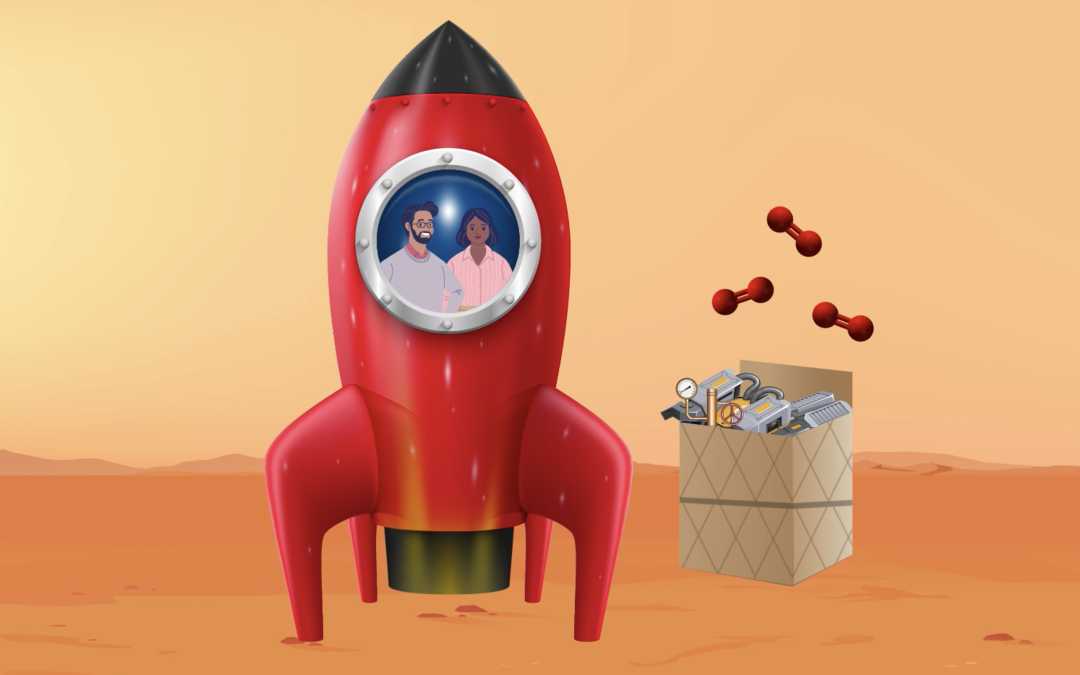
by admin | Jun 27, 2022 | engineering and tech animated, physical sciences animated, research animated
The first human mission to Mars may not be far away, but many preparations still need to be made to ensure the safety of crews once they arrive. One of the key requirements of these missions will be producing a steady supply of oxygen. This will allow crews to survive inside their habitats on the Martian surface, while also providing propellant for a Mars Ascent Vehicle, allowing them to return home.






